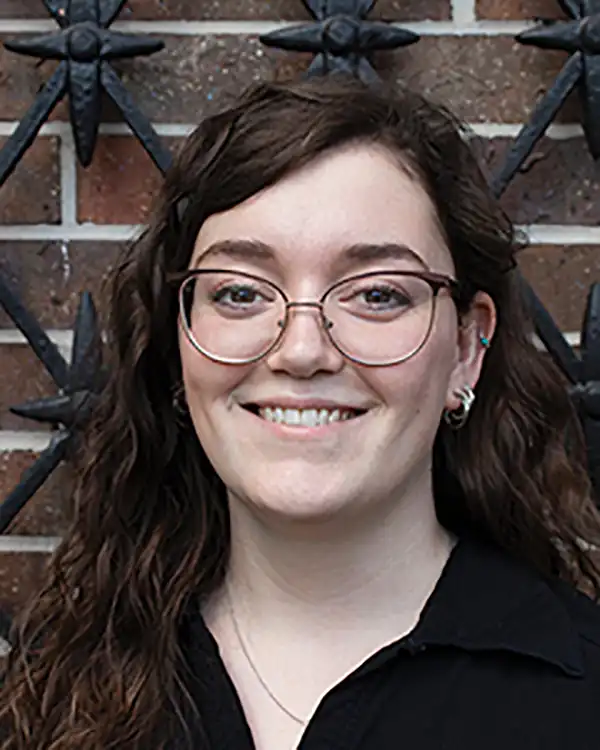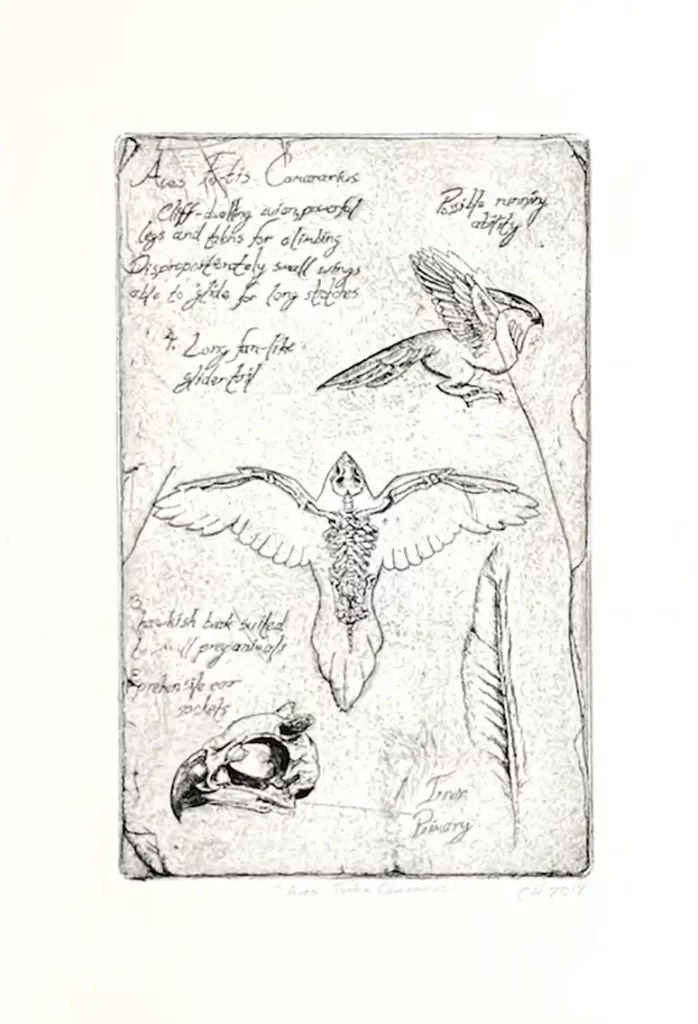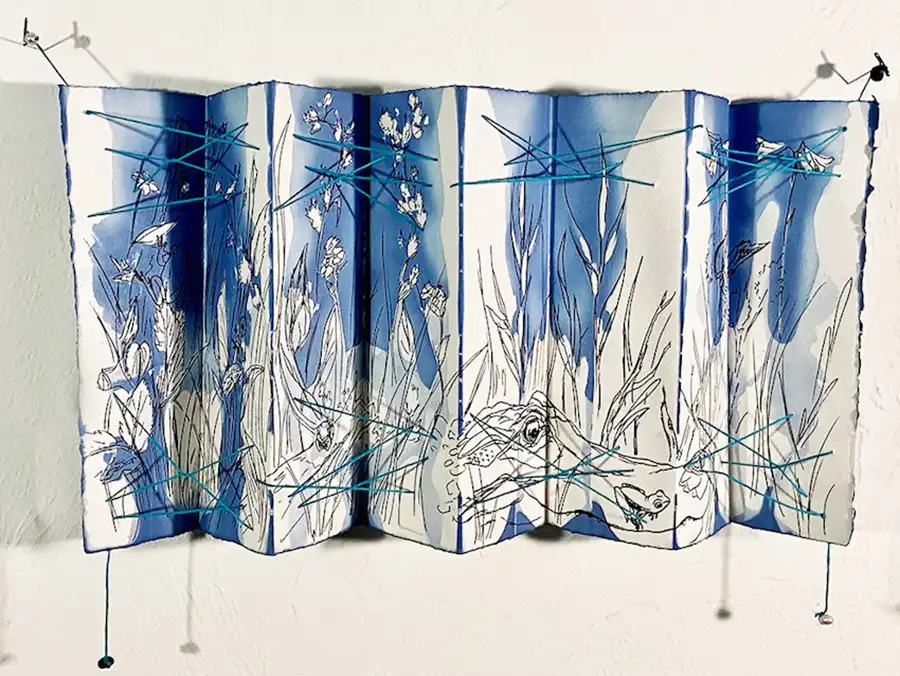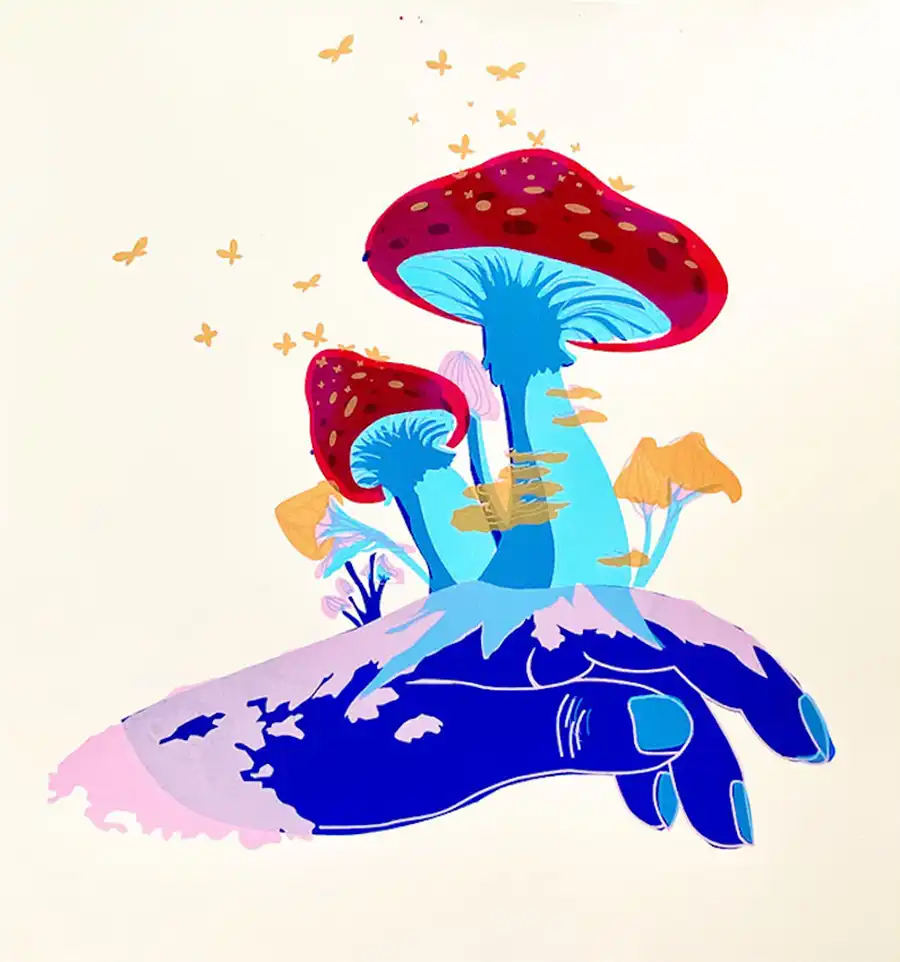Student Profile: Cole Hancock

Email: mhancoc9@vols.utk.edu
Education: Florida State University (BFA)
Website: colehancockstudio.art/
Cole Hancock is an MFA student in Studio Art with a concentration in Printmaking at the University of Tennessee, Knoxville.
Cole Hancock was raised in Morristown, Tennessee, and found her work influenced by the rural landscape of the Appalachian region. In 2021, she received her BFA in studio art from Florida State University, graduating summa cum laude. She has received multiple awards and grants, including the IDEA grant from FSU, and worked as co-director of Phyllis Straus Gallery in Tallahassee, Florida before returning to Tennessee. She has previously worked in art education and most recently as a commercial photographer. Cole’s work utilizes prints, mixed media painting and drawing, and photography with a focus in book forms.
Artist Statement
My art draws from the tenets of traditional craft and the colorful narratives of folk art to guide my process as I determine the meaning of a compromised space, exploring the alternate histories of a land while using ritual as a mediator. I unite a cross-disciplinary practice of academic art media and traditional handicrafts in my book art to discuss the imposition of human geometry and principles on nature and its phenomena.
A certain level of reverence is afforded to objects and organisms in the natural world, dependent upon the roles ascribed to these things and their placement in nature in relation to us. Anthropocene is a term coined to describe this current epoch of human dominance of the natural world, defining a period that began with the industrial revolution as we became able to effect change on a global scale. Until that point, our relationship with nature was often defined as that of a mother providing for her children. As we evolved, we developed an adolescent insolence alongside the unique ability to forcibly adapt our environment to suit our needs- by working with it, around it, or simply using it without care for it.
Growing up in the Appalachian foothills provided me a unique perspective of an industrial culture that has grown to balance itself with an ancient mountain mother. The commodification of the landscape allows for the preservation of it, but by introducing controls, the preserved spaces are nonetheless compromised. I use the narratives constructed by these interactions of modern industry and nature in the ritual format of book art to examine the delicate harmony we have developed between us and natural phenomena.
A significant portion of my practice revolves around process. This is due mainly to my use of traditional handicrafts and folk art in concert with fine art and industrial processes, primarily in hand crafted paper and printmaking, to generate artist books. My preference for the narrative format of books lies in the necessity of the ritual of viewing. To receive the full scope of each work, one must be at a maximum distance of the length of their arms, as each of my books encourages a personal interaction from the viewer. In essence, each viewer performs the arcane ritual of following the narrative, becoming the interaction of human and natural form which is the conceptual basis for my work.



